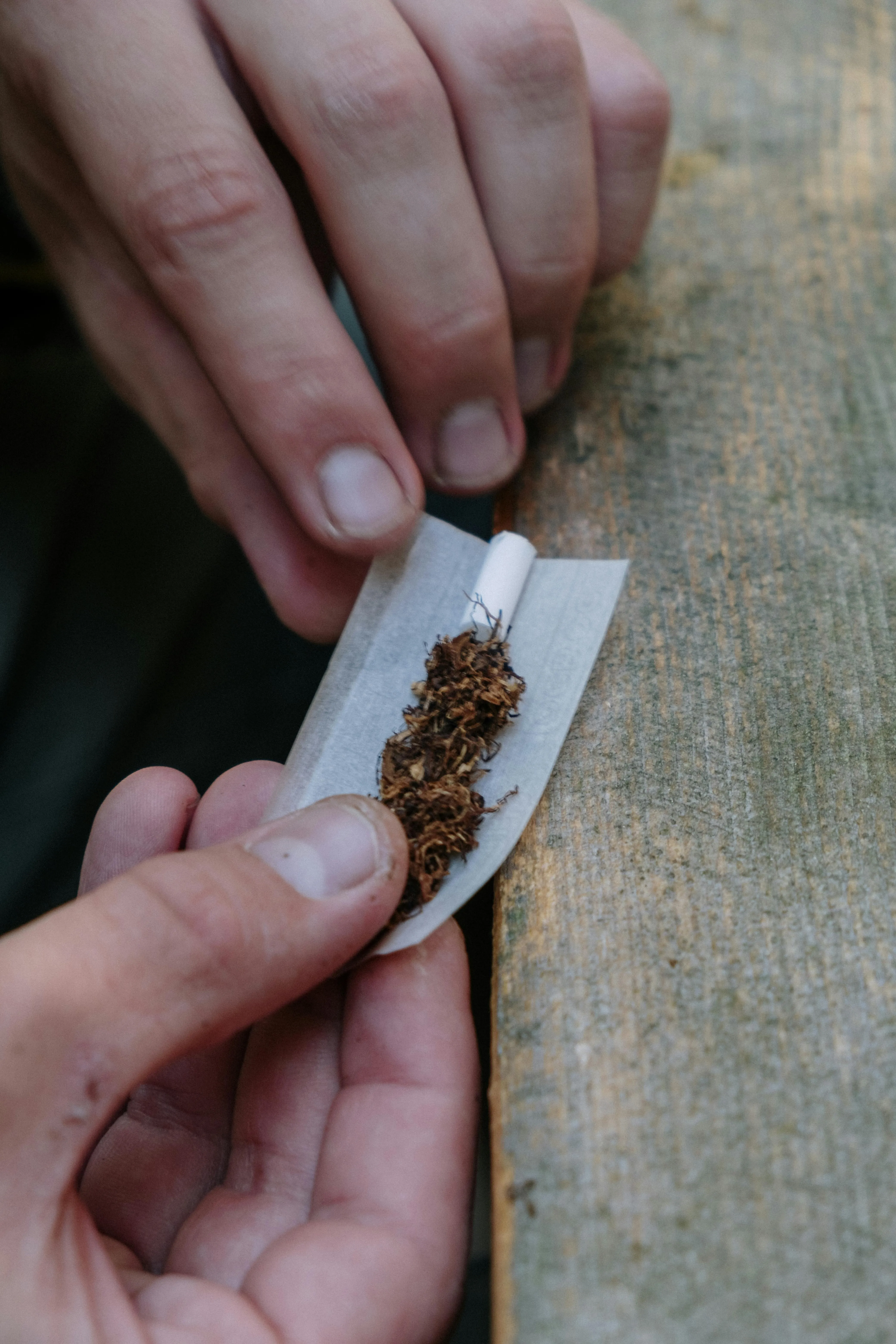Unearthing Edibles: A Beginner’s Guide to Growing Your Own Food
Have you ever dreamt of biting into a juicy tomato, still warm from the sun? Or crunching on crisp lettuce you picked just moments ago? Growing your own food isn’t just about fresh ingredients; it’s a rewarding journey that connects you with nature and empowers you to nourish yourself. Ready to embark on this adventure? Let’s dive into the basics!
Choosing Your Champion:
First things first: what do you want to grow? Tomatoes, herbs, leafy greens – the options are plentiful! Consider your space (balcony garden or sprawling backyard?), climate, and personal preferences. Start small with easy-to-grow varieties like basil, lettuce, radishes, or zucchini. As you gain confidence, you can experiment with more challenging crops.
Setting the Stage:
Your plants need a comfortable home to thrive. For veggies in the ground, ensure well-draining soil enriched with compost for nutrients. Raised beds are fantastic options for smaller spaces and offer better control over soil quality. Containers work wonders too, especially for herbs and compact vegetables like strawberries.
Seeds of Hope:
Choosing seeds is exciting! Read seed packets carefully – they provide valuable information about planting depth, sunlight requirements, and maturity time. Direct sow some seeds directly into the ground, while others benefit from starting indoors in trays before transplanting later.
Water Wisely:
Consistency is key when it comes to watering. Young seedlings need frequent, gentle showers, while established plants can tolerate less frequent but deeper watering. Observe your plants – wilting leaves are a sign of thirst! Mulching around the base helps retain moisture and suppress weeds.
Sunshine & Support:
Most vegetables crave sunshine – aim for at least 6 hours daily. Some plants, like tomatoes, benefit from staking or cages to support their growth and prevent them from sprawling on the ground.
Feeding Time:
Just like us, plants need nutrients! A balanced organic fertilizer will provide essential vitamins and minerals. Follow the instructions carefully, as over-fertilizing can be detrimental.
Pest Patrol:
Keep an eye out for unwelcome guests like aphids, slugs, or caterpillars. Handpicking is often effective for small infestations, while natural remedies like neem oil or insecticidal soap offer a safe alternative to chemical pesticides.
Harvesting Happiness:
The moment you’ve been waiting for! Harvest your produce regularly to encourage continuous growth. Pick tomatoes when they’re ripe and colorful, lettuce leaves when young and tender, and herbs right before using them for maximum flavor.
From Stash to Table:
Now comes the delicious part – enjoying the fruits (and vegetables!) of your labor! Freshly harvested ingredients taste incredible and add a special touch to any meal. Experiment with new recipes, share your bounty with friends and family, or preserve your harvest through canning, freezing, or drying for enjoyment throughout the year.
Growing your own food is a journey filled with learning, wonder, and delicious rewards. Embrace the process, don’t be afraid to make mistakes, and celebrate every success along the way. Soon, you’ll be reaping the benefits of a healthier lifestyle and a deeper connection to the earth. Happy gardening!